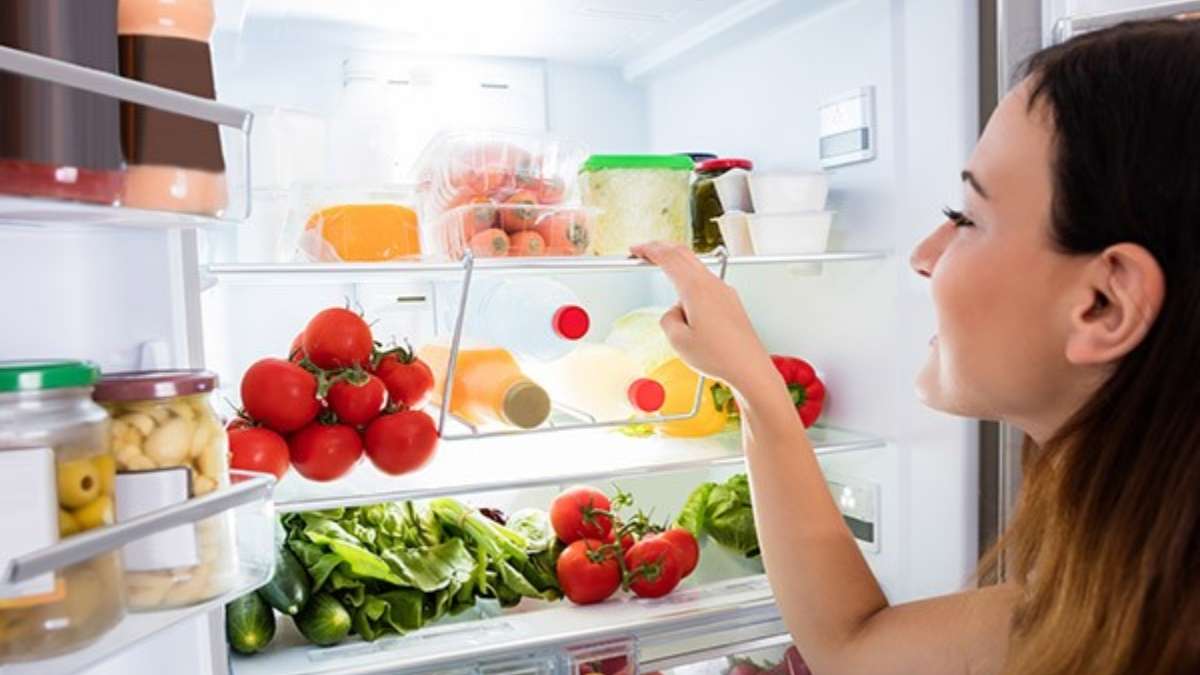
World Food Safety Day, celebrated on June 7 each year, raises awareness about the importance of food safety. This year, the focus is on ensuring that food prepared in every household is safe and healthy to consume. As home cooking becomes more popular, understanding and implementing food safety measures is crucial to prevent foodborne illnesses. From keeping the kitchen clean to storing food properly, here are five essential food safety rules every home cook should follow:
1. Keep Clean
Maintaining cleanliness in the kitchen is the first step to food safety. Always wash your hands thoroughly with soap and water before and after handling food, especially raw meat, poultry, fish, and eggs. Ensure that all kitchen surfaces, utensils, and cutting boards are clean before use. Regularly sanitise countertops and tools to prevent cross-contamination. Using separate cutting boards for raw meat and vegetables can further reduce the risk of spreading bacteria.
2. Separate Raw and Cooked Foods
Cross-contamination occurs when harmful bacteria transfer from raw foods to cooked or ready-to-eat foods. To avoid this, keep raw meat, poultry, and seafood separate from other foods at all times. Store raw meats in sealed containers on the bottom shelf of the refrigerator to prevent juices from dripping onto other foods. Use different utensils and plates for raw and cooked items, and never place cooked food back on a plate that holds raw meat.
3. Cook Food to Safe Temperatures
Cooking food to the right temperature kills harmful bacteria that can cause foodborne illnesses. Use a food thermometer to ensure that meat, poultry, seafood, and eggs are cooked to the recommended internal temperatures. For instance, cook poultry to at least 165°F (74°C), ground meats to 160°F (71°C), and fish to 145°F (63°C). Avoid relying on visual cues alone, as they can be misleading.
4. Store Food Properly
Proper food storage is crucial to maintaining food safety and freshness. Refrigerate perishable foods within two hours, or one hour if the room temperature is above 90°F (32°C). Keep your refrigerator at or below 40°F (4°C) and the freezer at 0°F (-18°C) or lower. Store leftovers in airtight containers and label them with the date. Consume leftovers within three to four days or freeze them for longer storage.
5. Reheat Food Thoroughly
When reheating leftovers, ensure they are heated to an internal temperature of 165°F (74°C) to kill any bacteria that may have grown during storage. Stir food while reheating to distribute heat evenly and use a food thermometer to check the temperature. Soups, stews, and sauces should be brought to a rolling boil.
By following these five essential food safety rules, home cooks can significantly reduce the risk of foodborne illnesses and ensure that their meals are safe and enjoyable. This World Food Safety Day, let’s commit to making our kitchens a safe place to prepare nutritious and delicious food for our families. Remember, food safety is a shared responsibility that begins in the kitchen. Happy cooking!
ALSO READ: World Food Safety Day 2024: 5 effective storage practices to keep your food safe during power cut